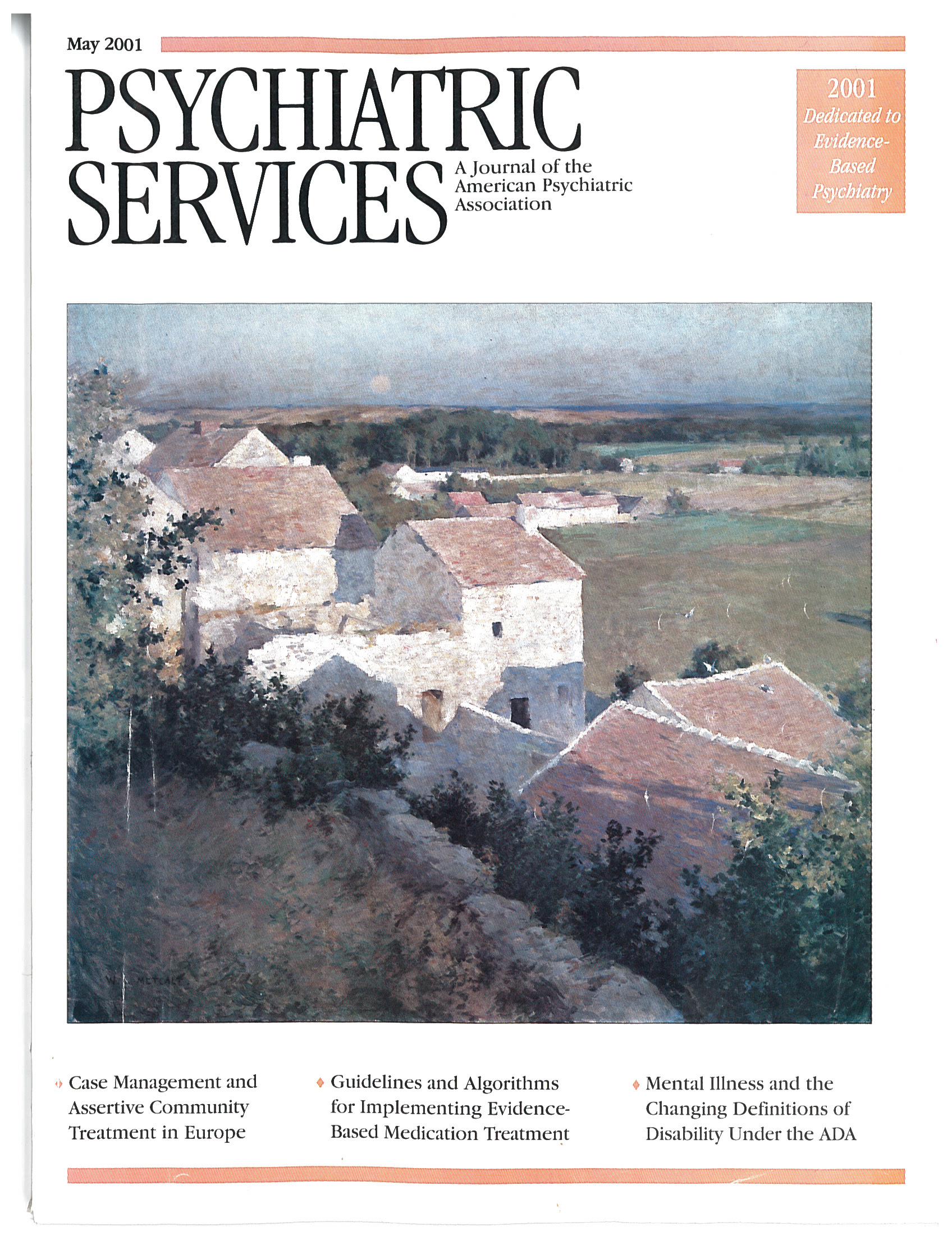Consumer & Family Information: Obsessive-Compulsive Disorder
Obsessions
Obsessions are recurrent, persistent, intrusive, unwanted thoughts that cause distressing emotions such as anxiety and disgust. Many such thoughts center on fears, such as fear of catching or spreading germs and fear of suffering bodily harm or of hurting others.
People who experience these strong obsessions recognize that the thoughts are a product of their own mind and are excessive or unreasonable. But they cannot rid themselves of these thoughts by logic or reasoning. Often, people with obsessive-compulsive disorder (OCD) find that certain behaviors or rituals reduce their fear and discomfort, and so they feel compelled to repeat them.
Compulsions
Compulsions are urges to do something repeatedly that will lessen a fearful thought or the discomfort it produces. Rituals are the behaviors people rigidly employ to reduce the tension of a compulsion. In the most severe cases, a constant repetition of rituals may fill the day, making a normal routine impossible. Compulsions include:
• Cleaning: Provoked by the fear that real or imagined germs, dirt, or chemicals will "contaminate" them, some people spend hours and hours washing themselves or cleaning their surroundings.
• Repeating: To dispel anxiety, some people repeatedly utter a name or phrase or perform a behavior several times. Although they understand that the repetitions won't actually guard against injury, their fear that they will be harmed if they don't repeat the behavior compels them to act.
• Completing: People with this compulsion must perform a series of complicated behaviors in an exact order, repeating them until they are done perfectly.
• Checking: The fear of harming oneself or others by forgetting to lock the door or turn off appliances can develop into the ritual of checking. Some people repeatedly retrace routes they drive to be sure they haven't hit anyone or caused any accidents.
• Hoarding: Hoarding involves the collection of useless items. People who hoard may collect anything—newspapers, clothing, stones, garbage—to the point that rooms are filled, doorways are blocked, and health hazards occur.
Treatment
Obtaining treatment is critical because OCD rarely resolves on its own. Many people suffer for years before getting help.
Behavior therapy
Behavior therapies are intended to help people decrease and ultimately stop the obsessions and compulsions that plague their lives. Various studies indicate that behavior therapy is successful for 50 to 90 percent of people with OCD.
One of the most effective treatments is a type of behavior therapy known as exposure and response prevention. During treatment sessions, patients are slowly exposed to the situations that give rise to their anxiety and that provoke compulsive behavior or rituals. A patient may also follow guidelines, sometimes in the form of an agreement between the psychiatrist and the patient. For example, the guidelines may permit the patient to perform only a part of a ritualistic behavior and may limit the number of repetitions.
Other forms of behavior therapy include habit reversal, in which a person learns to substitute a different and more adaptive behavior, such as deep breathing, for the ritual; thought stopping, in which a person says the word "Stop!" whenever an intrusive thought appears; and saturation, in which a person focuses so intensely on the distressing thought that it loses its emotional impact.
Therapy
Psychotherapy, group therapy, and family therapy have been helpful for some patients, especially when combined with medication and behavioral techniques.
Medication
For many years clomipramine was the best-recognized and most studied pharmacotherapy for OCD. However, the introduction of selective serotonin reuptake inhibitors (SSRIs), such as fluoxetine, fluvoxamine, paroxetine, and sertraline, have added substantially to the effective treatment of this disorder. For some people who have only a partial response to an SSRI, combining an SSRI with another medication (called augmentation) can improve symptoms.
Adapted from "Let's Talk Facts About Obsessive-Compulsive Disorder," produced by the American Psychiatric Association.



